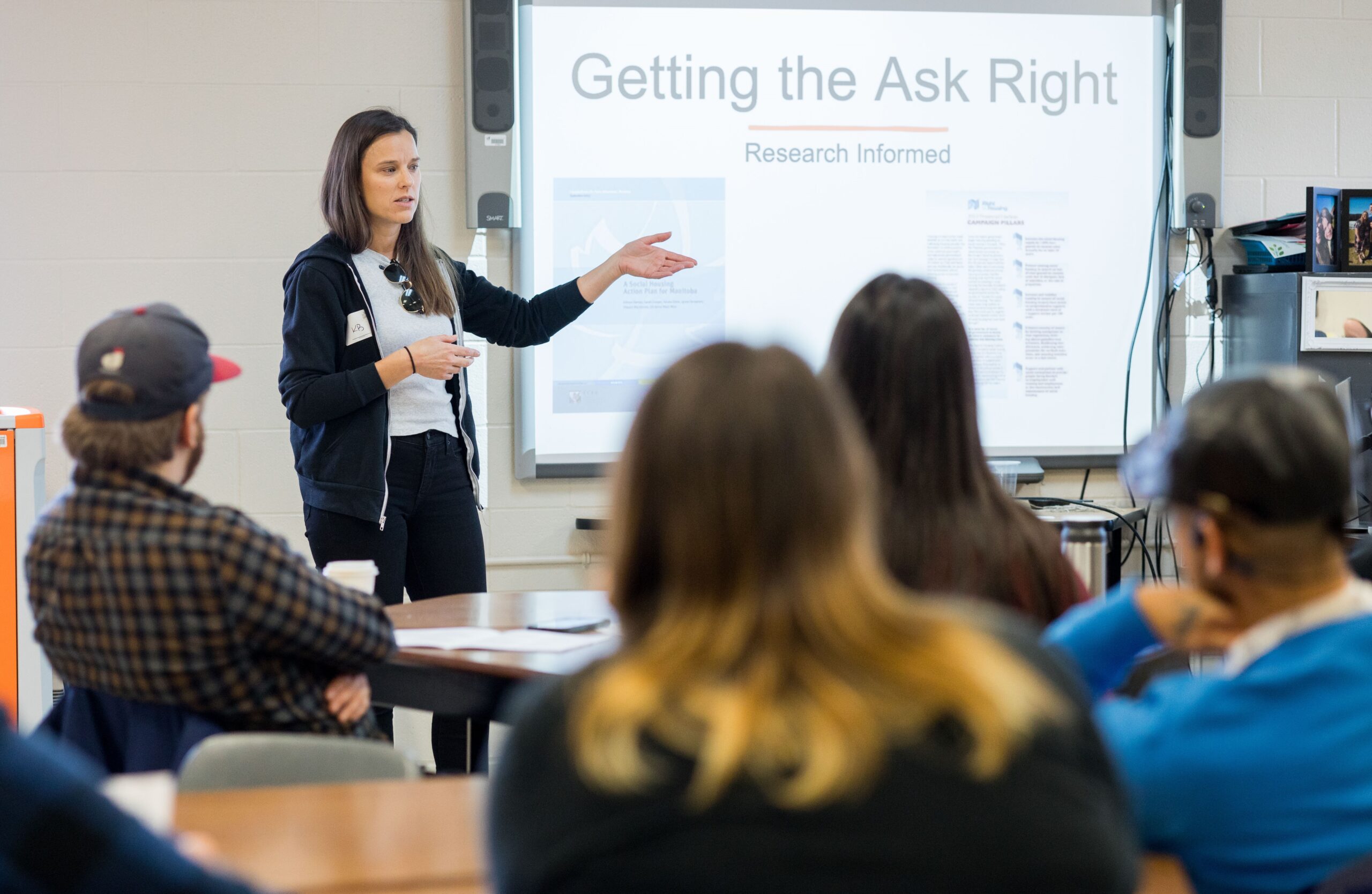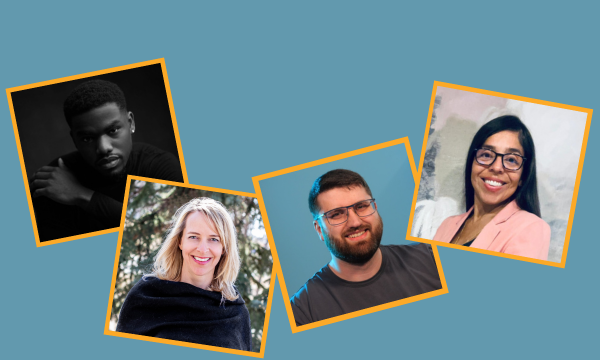 In her 20 years of publishing about socially-responsible business and investing, author and new economy thought leader Marjorie Kelly has seen too often how well-meaning business people seeking to “do good things” find the ownership design of the business working against their intentions. This is especially the case with publicly traded companies.
In her 20 years of publishing about socially-responsible business and investing, author and new economy thought leader Marjorie Kelly has seen too often how well-meaning business people seeking to “do good things” find the ownership design of the business working against their intentions. This is especially the case with publicly traded companies.
When ownership is held in capital markets, profit maximization tends to be the focus. The profit-maximizing economy also tends to concentrate wealth.
But what if we were to create a different kind of economy – not an economy designed to maximize wealth for the few, but one designed to generate the conditions where all life can thrive? This is what Marjorie Kelly calls a generative economy. It’s an economy that serves life, focused on enabling people to do the things they need to do thrive: eat, sleep, learn, socialize, make a meaningful difference. In a generative economy, companies will still be profit-making, but they won’t be profit-maximizing. They’ll have more human aims, like creating the food, clothing, shelter, and entertainment we all desire, or making good loans that enable people to thrive.
Getting away from the profit-maximizing purpose may mean getting away from the Wall Street ownership design that keeps that motive super-charged. Alternative ownership models – specifically, employee ownership and community-based ownership – can be surer paths for enabling businesses to serve life.
In many cases, Marjorie argues, employees are “the rightful heirs of companies as the ones who create the wealth and have the knowledge.”
Employee and community-based ownership could also be a critical piece of having an ecologically sustainable economy.
If we’re shipping goods all over the world, we’re creating a massive carbon footprint, but that’s in many ways required by the current economy and its ownership design, which entails maximizing profits and disregarding most other impacts. Sweatshop conditions overseas or massive carbon emissions are irrelevant if low costs and high profits are the only benchmarks. To create a different outcome, we need to have a different ownership design.
How do we get there? One pivot point is found at that moment before companies become publicly traded – that moment when a founder decides how to exit the firm he or she has founded. Should they sell to someone else? Sell to a multinational? Take the company public so shareholders become owners? Or – sell to employees? Marjorie would love to see a movement where communities make employee ownership a major, top-of-mind option for owners who wish to sell or retire.
Baby-boom entrepreneurs are just coming into a time of moving on from the businesses they launched decades ago. Research shows 70 per cent do not plan to pass them on to families. So what alternatives are they considering? Is employee ownership one of those options? If not, how could it be featured more widely as an option? Is it a financing issue? Education? “I think if we can pull it off in one community, then others could see how to do it and you could see it replicate rapidly,” Marjorie says. It may be an issue of raising awareness, providing technical assistance, educating attorneys and business brokers, or other steps to build a social ecosystem of support for an employee ownership transition.
She also sees great promise in a census of enterprises that have alternative ownership designs. To get a definite number on the assets and revenues of these companies could both strengthen the confidence of current players in this alternative economy and help plan for the future.
Originally published by the Gazette Company on October 9, 2014
 Michelle Strutzenberger is Newsroom Chair at Axiom News. Axiom is a life-giving news network for a renewed and thriving world with a mission to provide Generative Journalism services to organizations. Generative Journalism is founded on the principles of Appreciative Inquiry, a strengths-based, capacity-building approach for propelling organizations towards their highest potential.
Michelle Strutzenberger is Newsroom Chair at Axiom News. Axiom is a life-giving news network for a renewed and thriving world with a mission to provide Generative Journalism services to organizations. Generative Journalism is founded on the principles of Appreciative Inquiry, a strengths-based, capacity-building approach for propelling organizations towards their highest potential.




